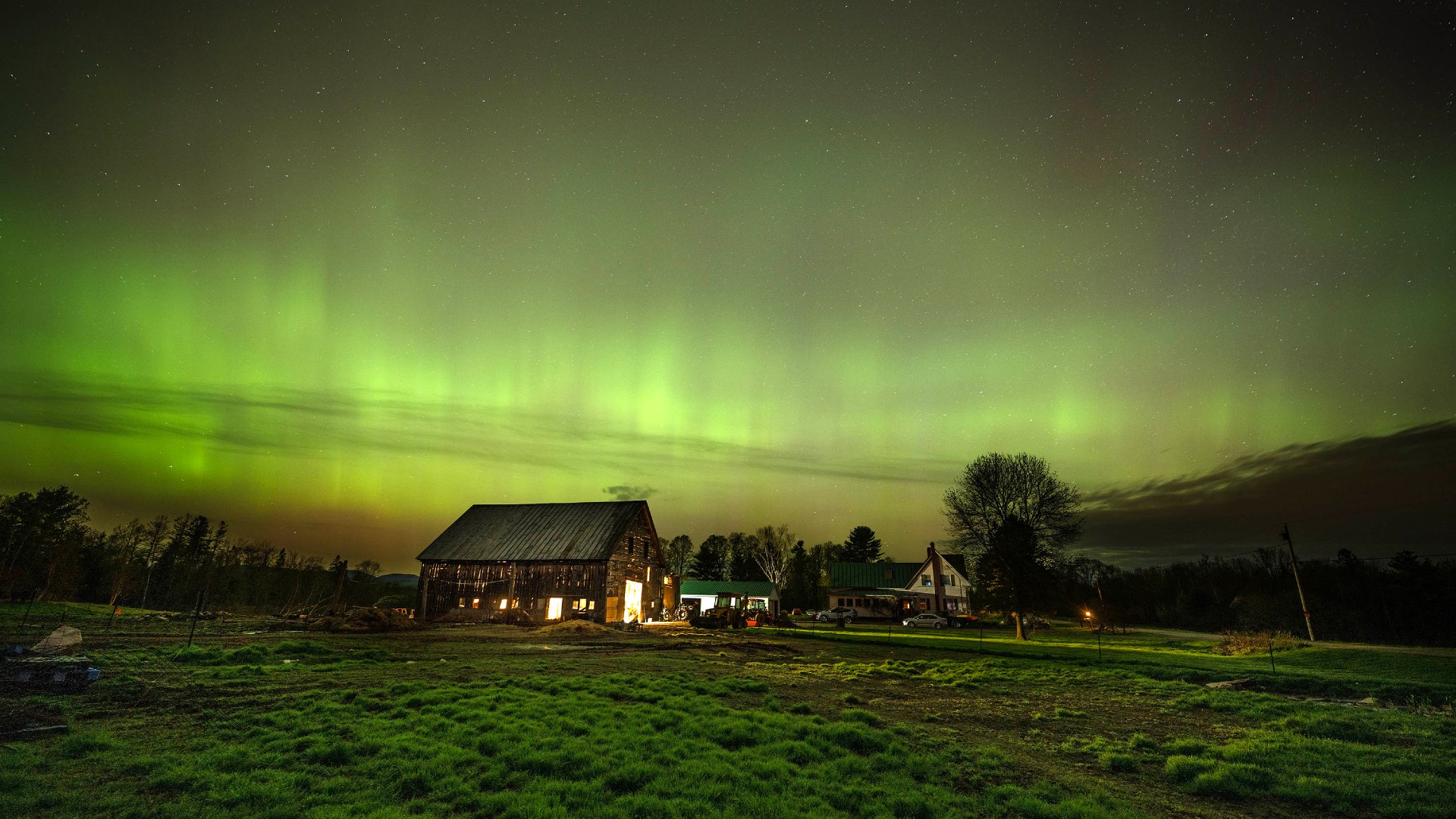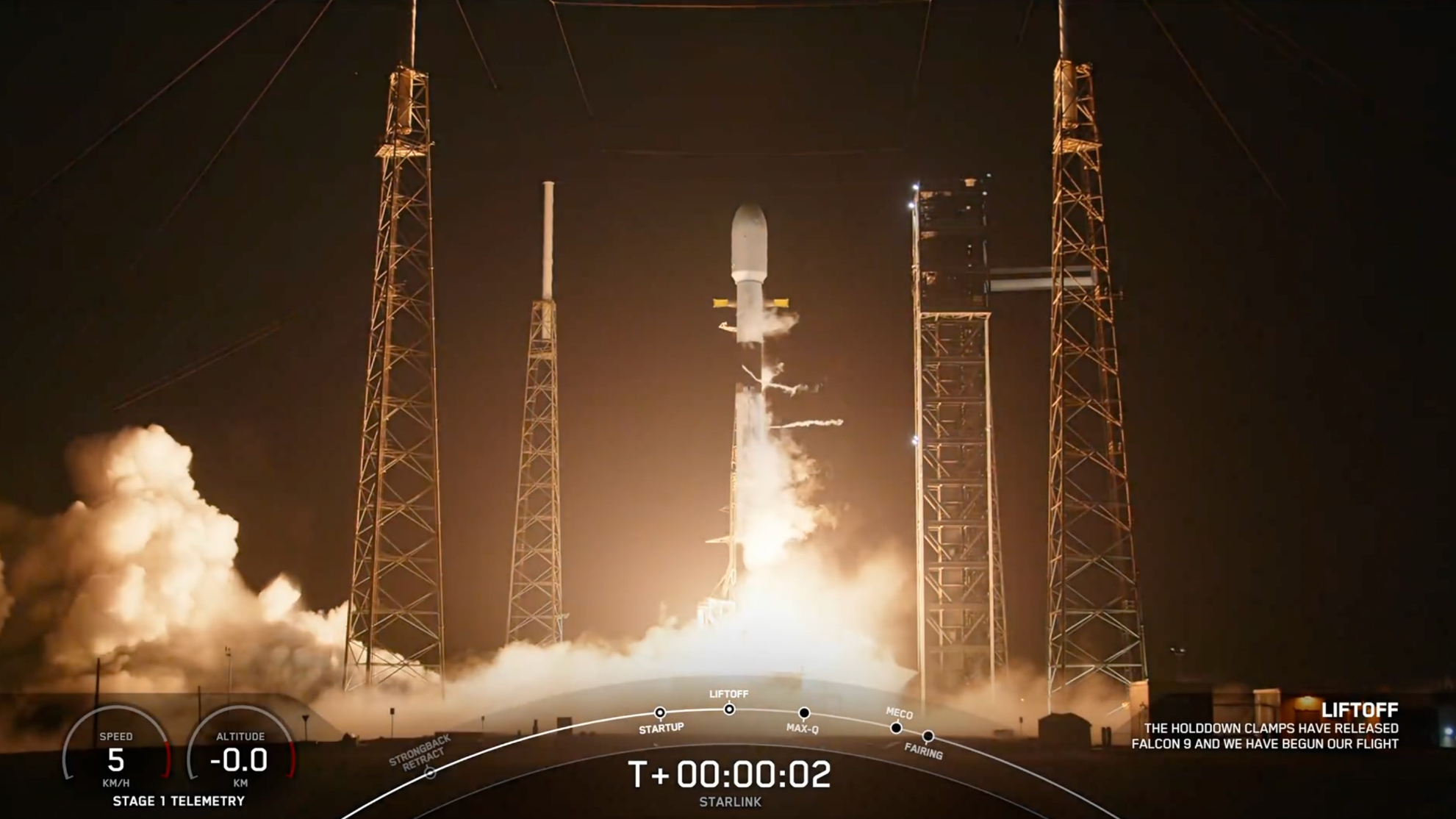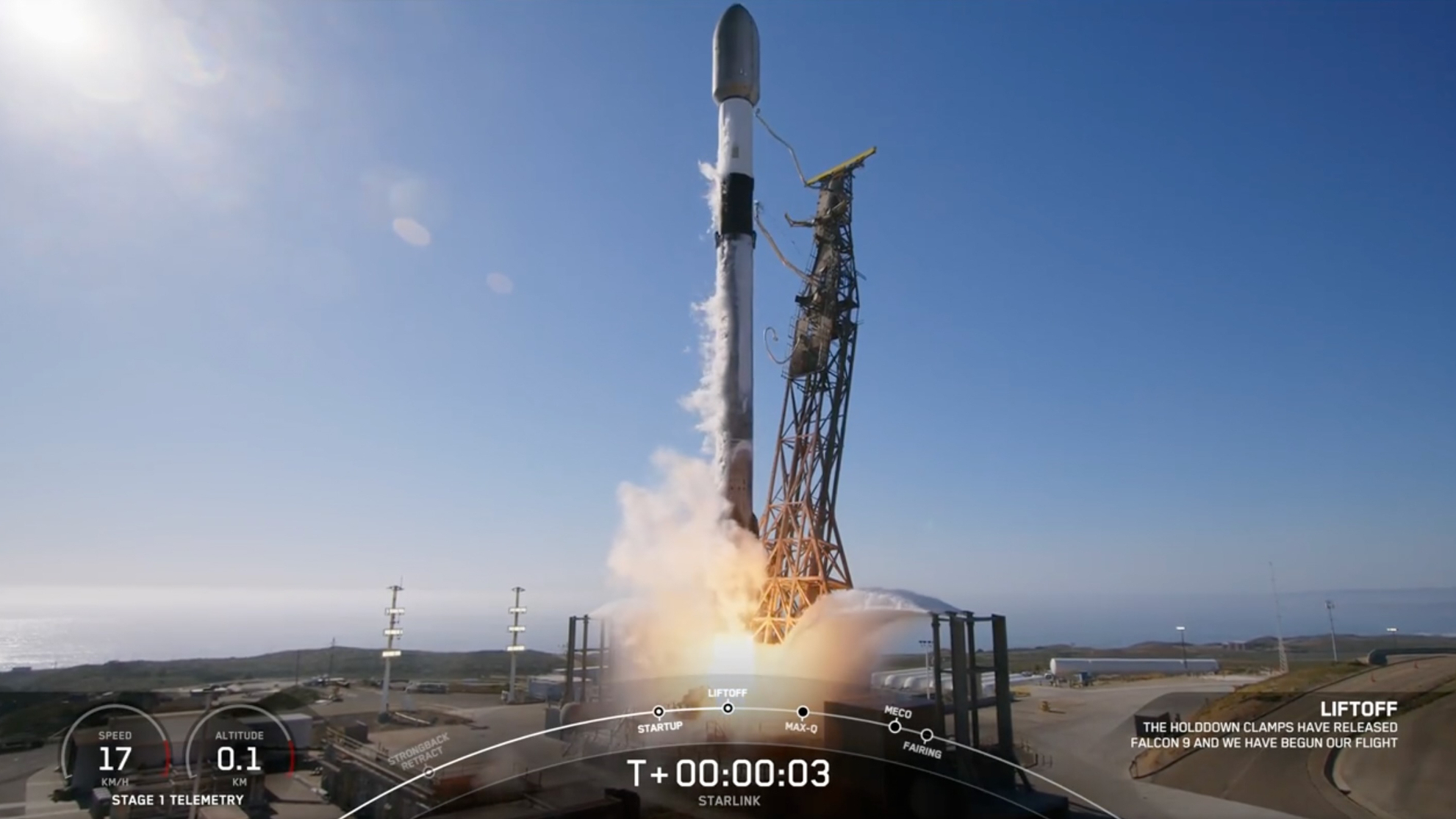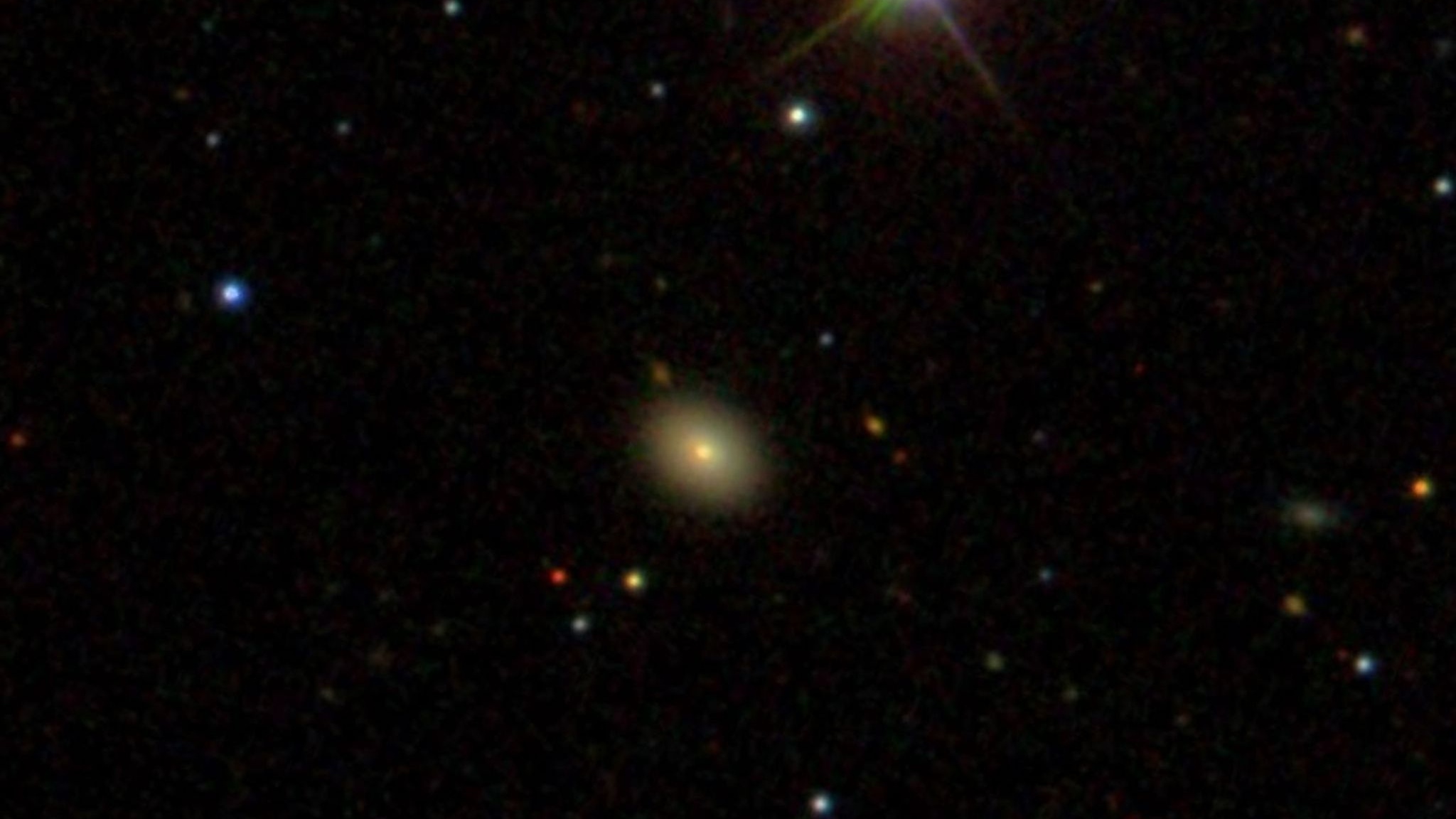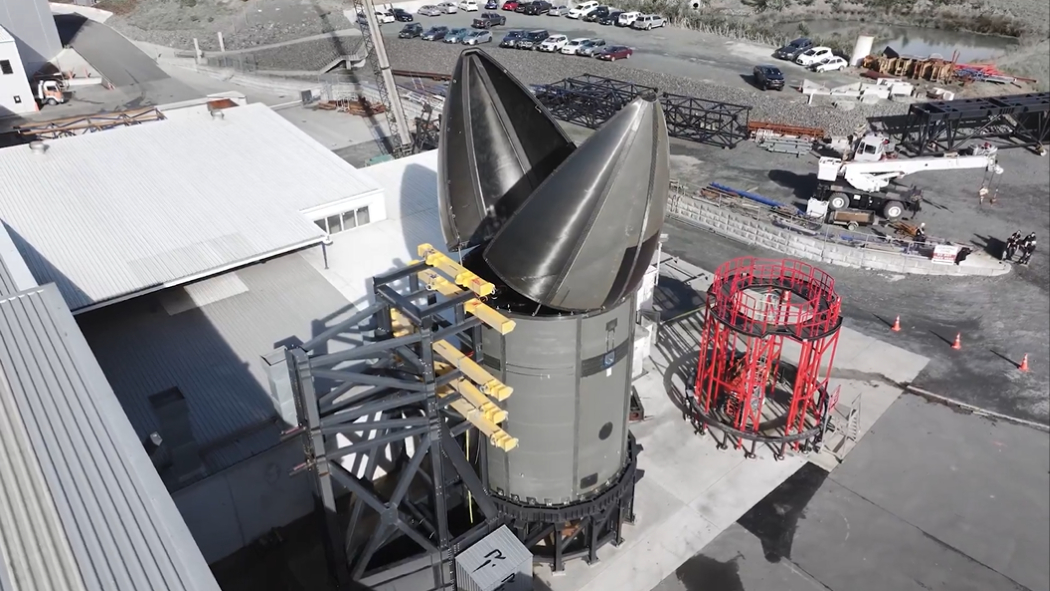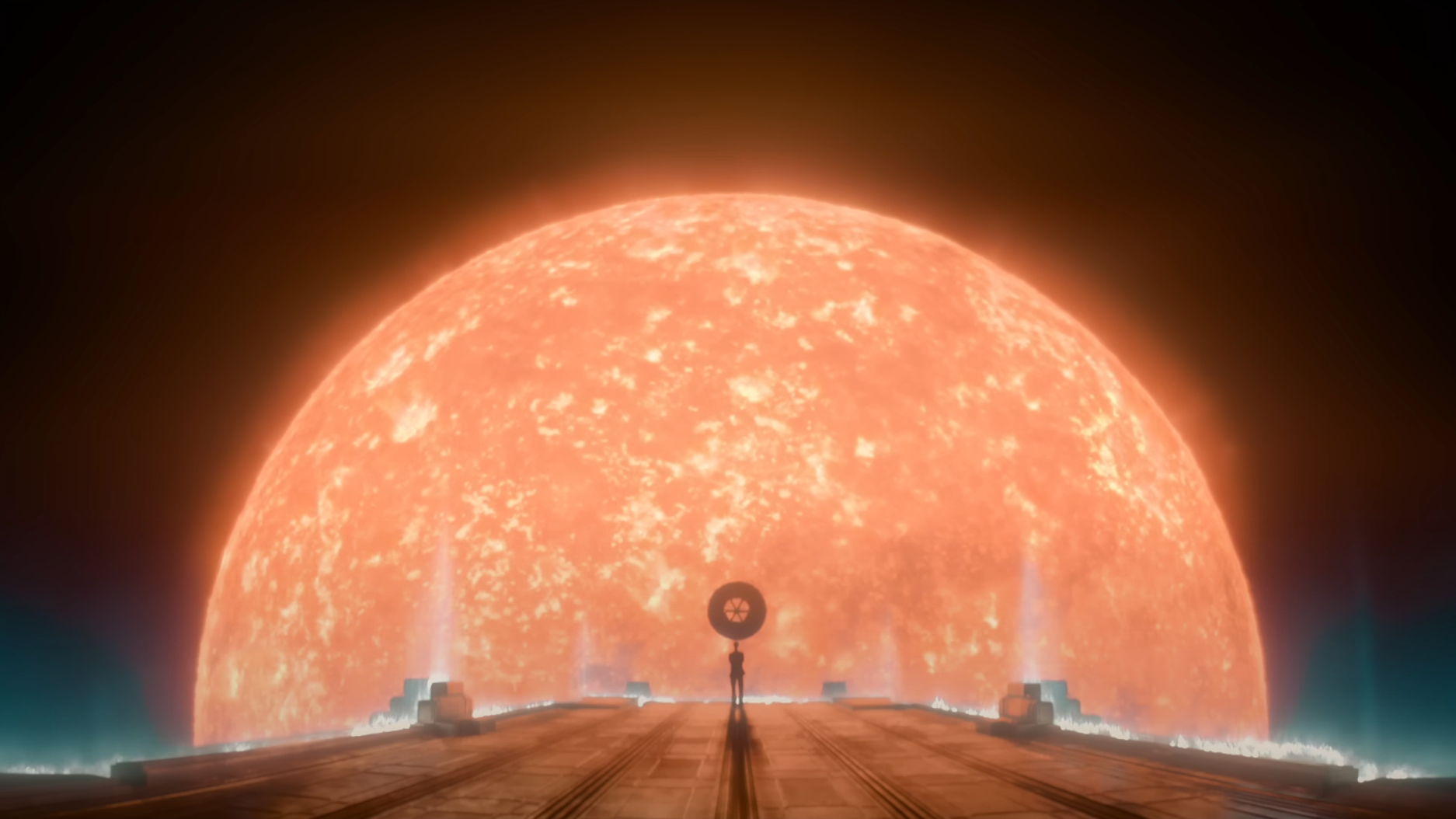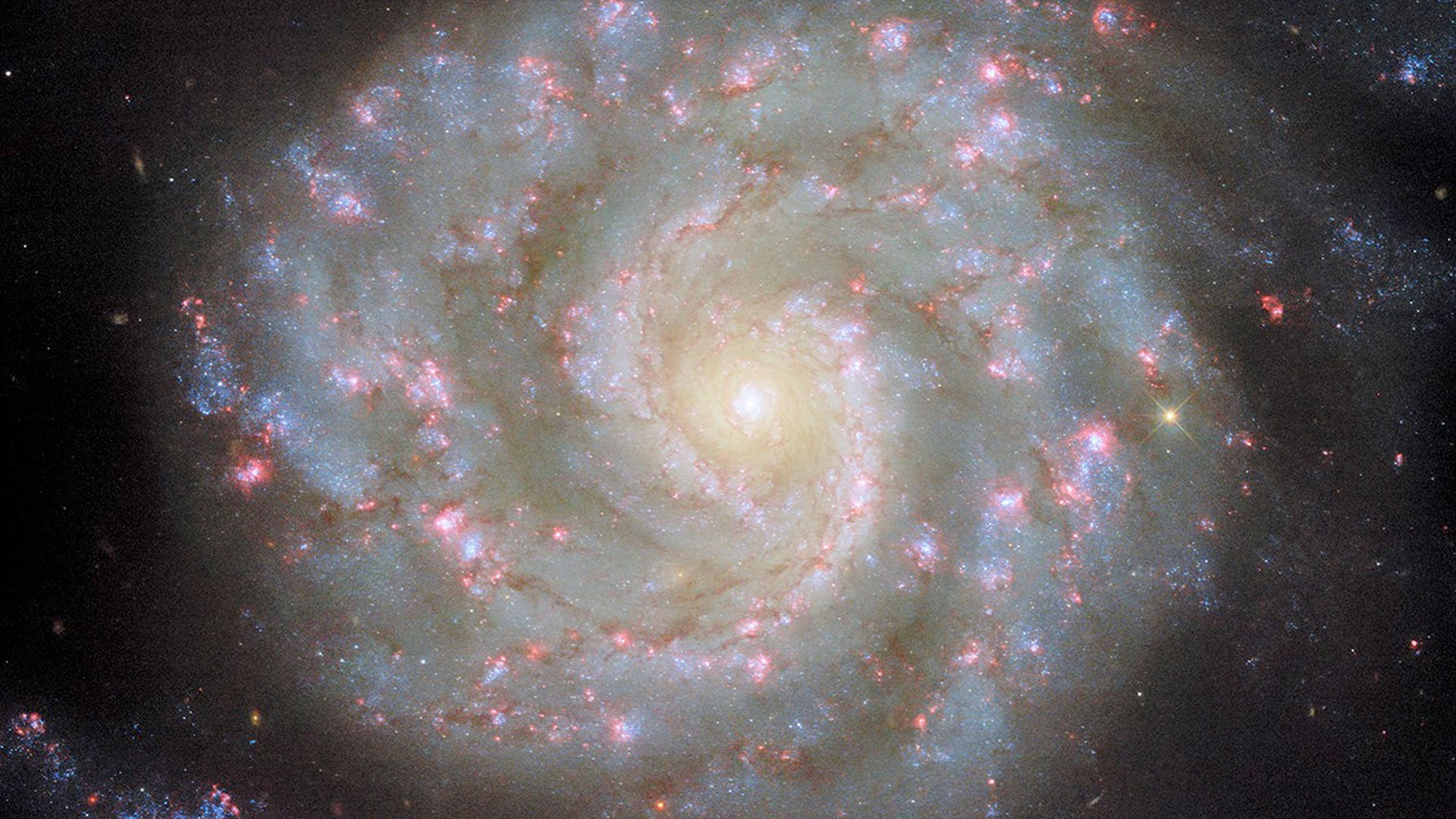Earth Photobombs Space Observatory's Solar View
It's "eclipse season" for NASA's Solar Dynamics Observatory (SDO), a time when our planet can't bear to to be out of the spotlight and barges its way into the shot.
PHOTOS: Simmering Solar Views from SDO
The SDO was launched in 2009 and placed in a near-circular, 22,238 mile geosynchronous orbit around Earth. For the vast majority of its observing time of our nearest star, the SDO has an unblocked, pristine view, returning the highest-definition observations of solar phenomena such as solar flares, coronal mass ejections (CMEs), coronal loops, prominences and sunspots. Occasionally, however, the Earth inevitably lines up just right during its solar orbit that it creeps into the SDO's frame and interrupts the photo session.
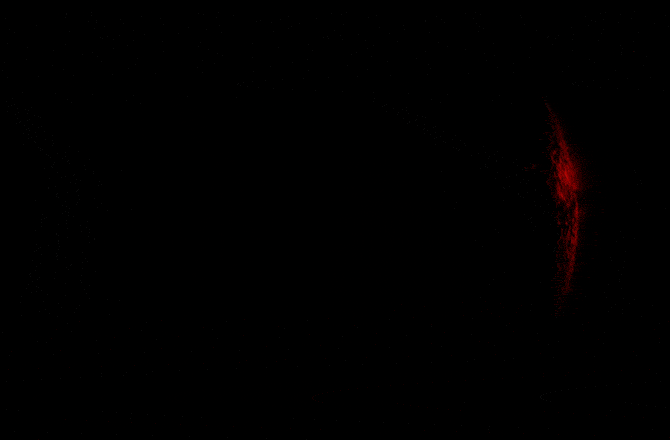
We are currently in the middle of the 2016 spring eclipse season that will last until March 12. It began on Feb. 19. Every year there are 2 eclipse seasons, both near the equinoxes — a bi-annual event when the sun is positioned directly over the Earth's equator and the Northern and Southern Hemispheres receive the same amount of sunlight.
ANALYSIS: It's a Solar Cover-Up!
As can be expected around the start and end of the SDO eclipse season, the amount of solar blockage is limited, but in the middle of the eclipse season (around now), the eclipse can last up to 72 minutes.
Any spacecraft orbiting the Earth that observes the sun contend with these eclipses, but the SDO is in an orbit designed to minimize the interruption.
Get the Space.com Newsletter
Breaking space news, the latest updates on rocket launches, skywatching events and more!
This animation is constructed of ultraviolet observations made by the SDO at a wavelength of 304 Angstroms. At this wavelength, features in the sun's lower corona (the sun’s multimillion degree atmosphere) can be resolved. The brightest patches are where highly energetic plasma heating processes are underway, producing so-called active regions.
PHOTOS: The Psychedelic Anatomy of a Solar Flare
As the Earth passes in front, these regions can be seen through the fuzzy edge of the Earth as the UV light penetrates through our atmosphere.
Originally published on Discovery News.
Join our Space Forums to keep talking space on the latest missions, night sky and more! And if you have a news tip, correction or comment, let us know at: community@space.com.
Ian O'Neill is a media relations specialist at NASA's Jet Propulsion Laboratory (JPL) in Southern California. Prior to joining JPL, he served as editor for the Astronomical Society of the Pacific‘s Mercury magazine and Mercury Online and contributed articles to a number of other publications, including Space.com, Space.com, Live Science, HISTORY.com, Scientific American. Ian holds a Ph.D in solar physics and a master's degree in planetary and space physics.
